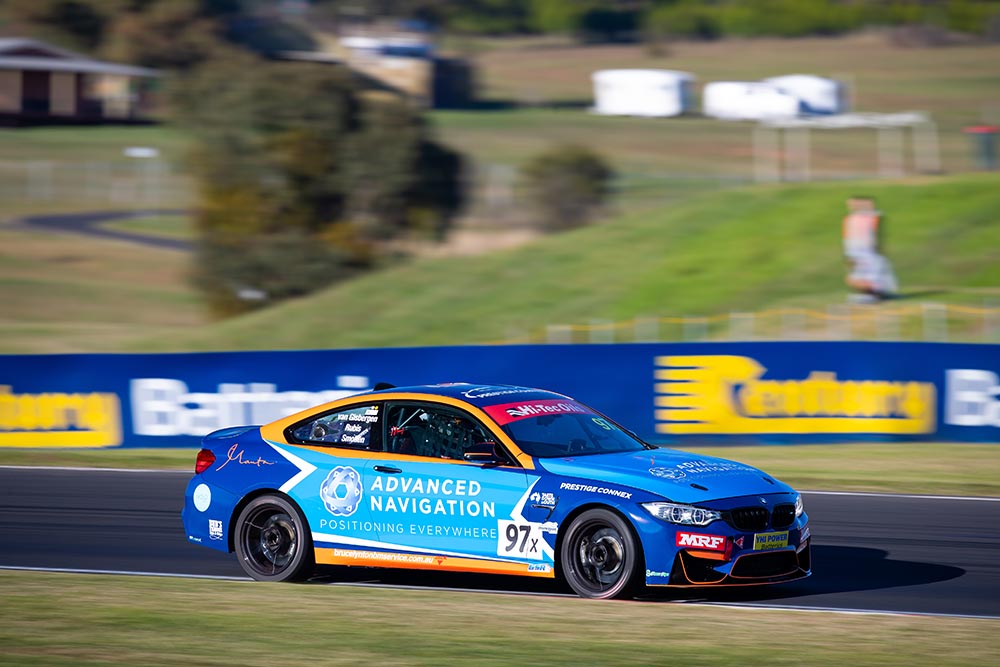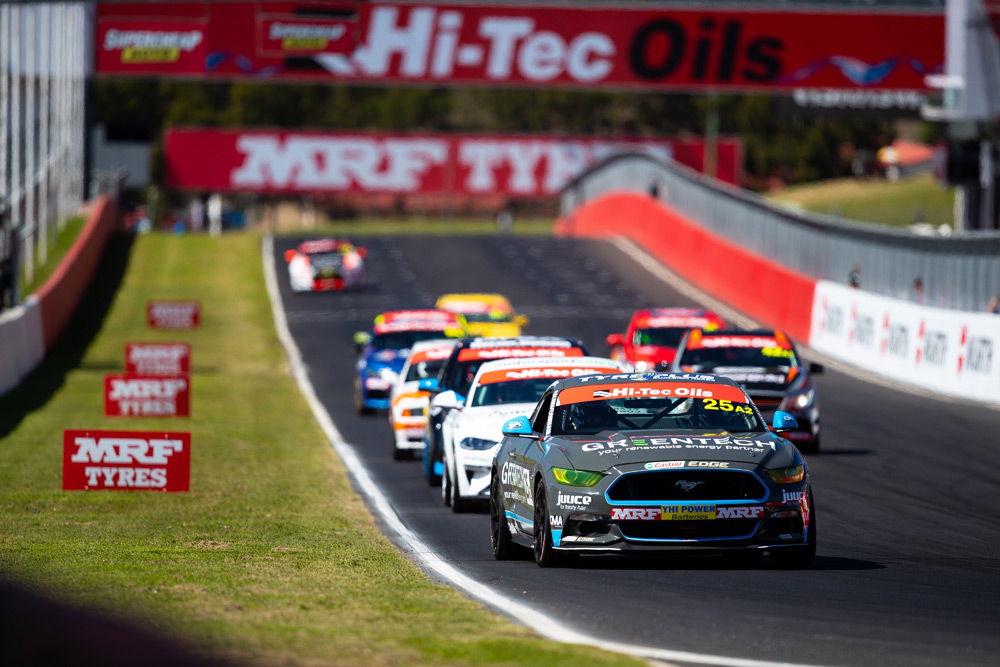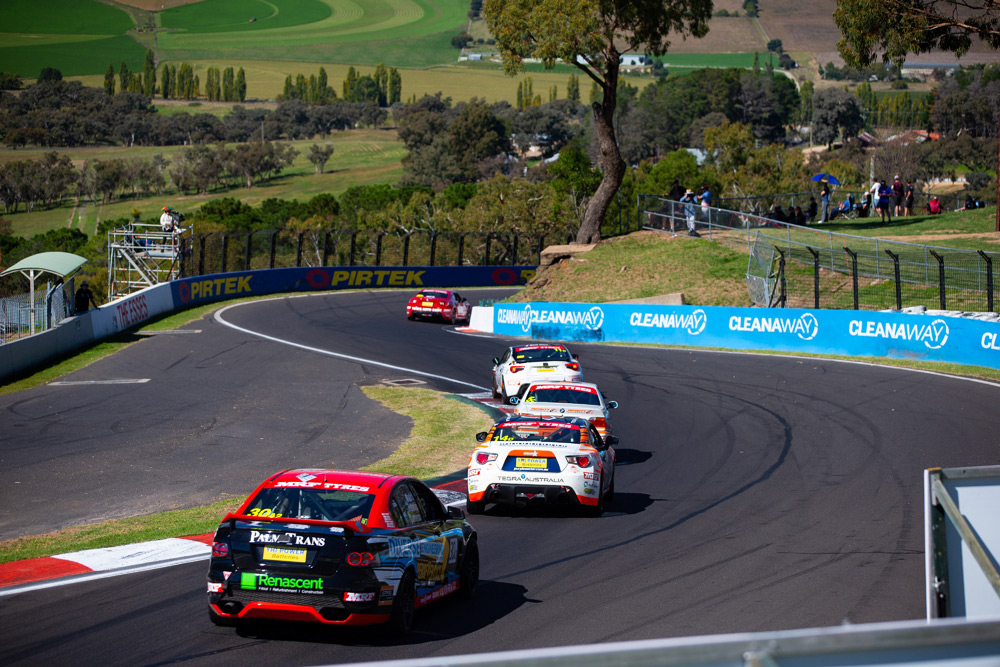ONE of the more frustrating experiences working in this sport is the small yet vocal selection of ‘fans’ – though that term can be debatable sometimes – who only long for the way things once were and refuse to embrace modern motorsport as we know it today.
Supercars especially find themselves in the spotlight for these such people, who spend much of their time arguing on social media about how the sport has lost it’s ‘Production Car roots’ of old.
There’s great irony, then, when these people fail to let the facts get in the way of their good story and never bother to actually go and watch some Production Car racing.
It’s doubly ironic when the broadcast ratings and media interest in said form of the sport – which has always been very much a niche’ player, rather than a mainstream affair here – spikes when Supercars’ main-game stars come and join the fun.
Still, one must not hold a grudge nor assume that this is the whole truth of these people’s existence.
Certainly, the weekend’s Bathurst 6 Hour proved that the market for racing cars that remain closely linked to their road car brethren remains alive and well.
And we’re not talking TCR here, either: while they do share the base componentry of their road going cousins, the gene pool has been somewhat diluted over the years. TCR’s pocket rockets are very neatly as disparate from their road going versions as a Supercar is.
No, I’m talking about proper Production Car racing, where teams buy a car currently sold on the vehicle market, fit it with various safety and performance items to make it suitable for the track and go racing at Mount Panorama in much the same way they used to in the 1960s.
Sunday’s Bathurst classic was such an affair, with 15 brands and more than 30 different models of cars based very closely on their road going counterparts going head to head for six hours on the best and most challenging track in the land.
And while the ‘Production Car’ of today remains a highly modified and quite specialized piece of motorsport engineering, they remain closely linked to the road car market.

For example, the winning BMW M4 driven superbly by Shane van Gisbergen (who remains almost unbeatable), Rob Rubis and Shame Smollen was fitted with an engine that not a few weeks earlier was sitting in a wrecked road car, before it was purchased by Beric Lynton – who’s team built the winning car – and leased to them for the weekend.
Further down the lane, Port Macquarie car dealer George Miedecke was making the debut of his brand-new Ford Mustang on the Mountain.
And while George’s ‘Strang was beautifully built and featured fun race-car components like a decidedly non-stock steering wheel lifted straight from a GT3 car, the road car links were clear when the driver arrived at the circuit on Thursday.

You see, Miedecke counts an award-winning Ford Dealership as part of his broader group of franchise so naturally he arrived at the circuit in a newly-registered Ford Mustang GT of a substantially similar specification to the one his team had modified to tackle the big hill.
Had the ‘Stang struck dramas, there’s every chance that particular road-going dealership Mustang would’ve been back on the lot with a ‘demonstrator – used only on Sunday’ sticker across the screen..
Such are the joys of Production Car racing.
In the more affordable end of town, Renault Megane team Osborne Motorsport were forced to withdraw one of their two cars from the race thanks to a random ABS issue, that would lock the left-front wheel whenever the car’s electronic brain noticed the anti-lock system engaging.
Now, the team could drive around the issue by using less brake pressure and ensuring the ABS didn’t activate; but that was too perilous – when the brakes did lock on, the only way of clearing it was to bring the car to a complete stop so the computer recognised the braking was done. Fine on pit straight. Not fine at Skyline.

Then there was the BMW team who had such a shocking weekend that they ended up flying to Melbourne to salvage parts for their 1M in a bid to just make the start of the race.
Or the litany of overheating issues up and down the field as cars struggled in the decidedly non-Bathurstian 28-degree weather on race day.
These all sound like terrible issues, but in reality they are the heart and soul of Production Car racing and indeed the 6-hour, which this year took a big leap forward in terms of exposure and competition at the pointy-end of the field.
It’s as tough, as challenging, and as purely linked to the real-world of road going Production Cars as the sport has ever had.
Hopefully those few who dislike the way some elements of the sport are heading have a chance to get their heads out of the ground and join the fun next Easter, for one of the truly great events on the local motorsport calendar.




Comments